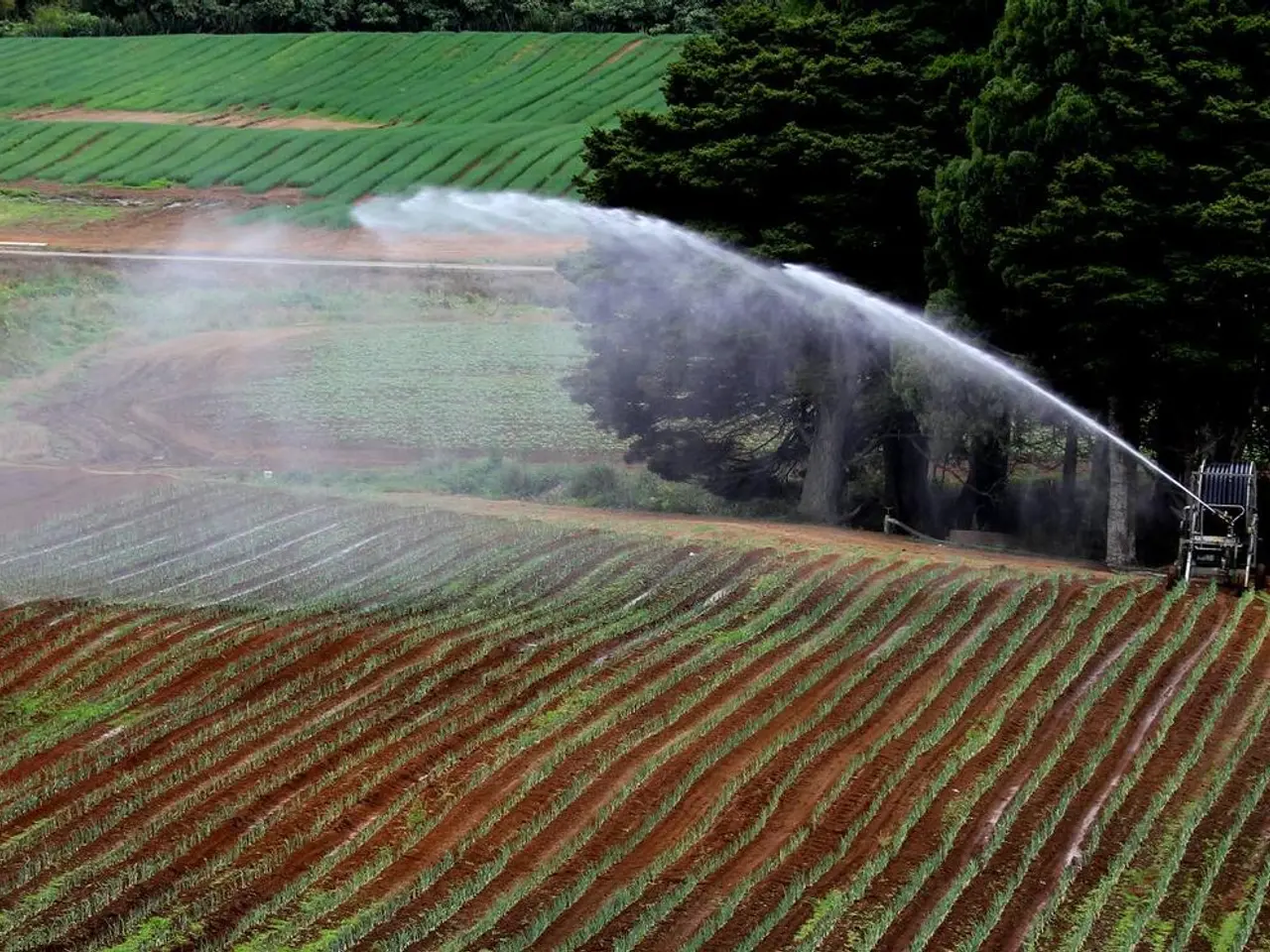Avoiding Irrigation System Failures: Preventive Measures
Maintaining an efficient irrigation system is essential for a healthy garden and reducing water waste. By following a regular maintenance routine, you can prevent costly breakdowns and ensure your system runs smoothly throughout the year.
First and foremost, inspect your irrigation system at least once or twice a year, and especially before peak watering seasons. Look for cracked pipes, broken sprinkler heads, leaking valves, soggy lawn patches, or spikes in water bills that may signal underground leaks.
Cleaning and adjusting sprinkler heads should be done monthly during the active watering season. Remove debris and sediment buildup, adjust spray angles to avoid hardscapes, and ensure even coverage of your planting area.
Testing and adjusting the watering schedule is also important. Increase watering frequency on hotter days and reduce it during rainy periods. Set timers to water early morning or evening to minimize water loss to evaporation.
Monitoring water pressure weekly is crucial to maintain an optimal 30-50 PSI. High pressure can damage components, and low pressure leads to poor watering coverage and stressed plants. Installing a pressure gauge in the main line helps track pressure changes.
Cleaning filters every 4-6 weeks during heavy use is necessary to prevent reduced water flow and damage to pumps and other parts.
Regularly testing individual valves and zones ensures they are functioning properly. Update the electronic controller settings and firmware to match seasonal watering needs and minimize errors.
Flushing the irrigation system periodically, especially if used extensively beyond the regular growing season, removes sediment and prevents blockages that could impair system function and soil health.
Maintaining a detailed log of inspections, repairs, and adjustments helps track system performance over time. This record aids in warranty claims, service contracts, and planning seasonal tasks like winterization and spring startups.
A typical maintenance schedule might include:
- Weekly: Monitor water pressure and check timer settings.
- Monthly: Clean/adjust sprinkler heads and filters; check spray patterns.
- Twice a year (spring and fall): Perform thorough inspections for leaks and damage; test valves; update controller firmware; flush the system.
- Seasonal adjustments: Modify watering schedules based on weather changes.
Quality materials used in the irrigation system can enhance its durability and resilience. Periodic tests should be performed at least once a month to observe the operation of each zone and prevent breakdowns. A well-maintained irrigation system ensures uniform water distribution and is crucial for its efficiency.
In winter or rural areas, pipes can be damaged by ice or animals, necessitating a complete inspection at the start of the season. Uneven irrigation may be caused by blocked nozzles, misaligned sprinklers, or unbalanced pressure. Dry zones or abnormal puddles indicate a problem that requires prompt action. Wet areas or puddles in an irrigation system may indicate leaks or obstructions.
A system with quality components lasts longer and withstands environmental conditions better. Abnormal pressure in an irrigation system can indicate leaks, obstructions, or damaged solenoids. Regular, proactive maintenance following this routine reduces water waste, prevents costly breakdowns, and ensures your irrigation system runs efficiently year-round.
Installing rain sensors can optimize water consumption and prevent unnecessary irrigation. A well-maintained irrigation system does not require miracles, just the right care.
Home-and-garden enthusiasts and home-improvement enthusiasts should incorporate regular maintenance of their irrigation systems into their lifestyle, as it is vital for maintaining a healthy garden, reducing water waste, and ensuring efficient watering throughout the year. A typical maintenance schedule includes weekly monitoring of water pressure and timer settings, monthly cleaning and adjusting of sprinkler heads and filters, and thorough inspections for leaks and damage twice a year (spring and fall). Furthermore, testing individual valves and zones, seasonal adjustments to the watering schedule, and flushing the system periodically contribute to the system's longevity and efficiency. Installing rain sensors can also optimize water consumption and prevent unnecessary irrigation.




